Link to the application note that I'm referring to below.
I was going through an application note by On Semi, System Level Surge Suppression Solutions for the CAN Bus -AND8253/D, where it says that the TVS diode's resonant frequency can be a design issue for high frequency EMI tests like BCI and that adding 5pF capacitors in parallel with the TVS diodes is the solution. I'm not sure I understand this very well, could someone please elaborate. My general doubt is that the resonant frequency of ESD diodes is usually not specified in the datasheets and also the impedance versus frequency curve is not available, so how do I determine the resonant frequency. ALso how is the resonant frequency a design issue for high frequency BCI , is it because at the resonant frequency the impedance is minimum ?
One other doubt is that in the screenshot that I have attached below, it says that the total capacitance of choke filter and TVS devices has to be less than or equal to 30pF for 1Mhz signal, but in the next paragraph it says that adding 5pF capacitors help in the design issue caused by resonant frequency of TVS diode for BCI, but wouldn't this 5pF add up to the existing capacitance of choke filter and capacitance of TVS diode and further increase the capacitance and maybe go above 30pF ?



